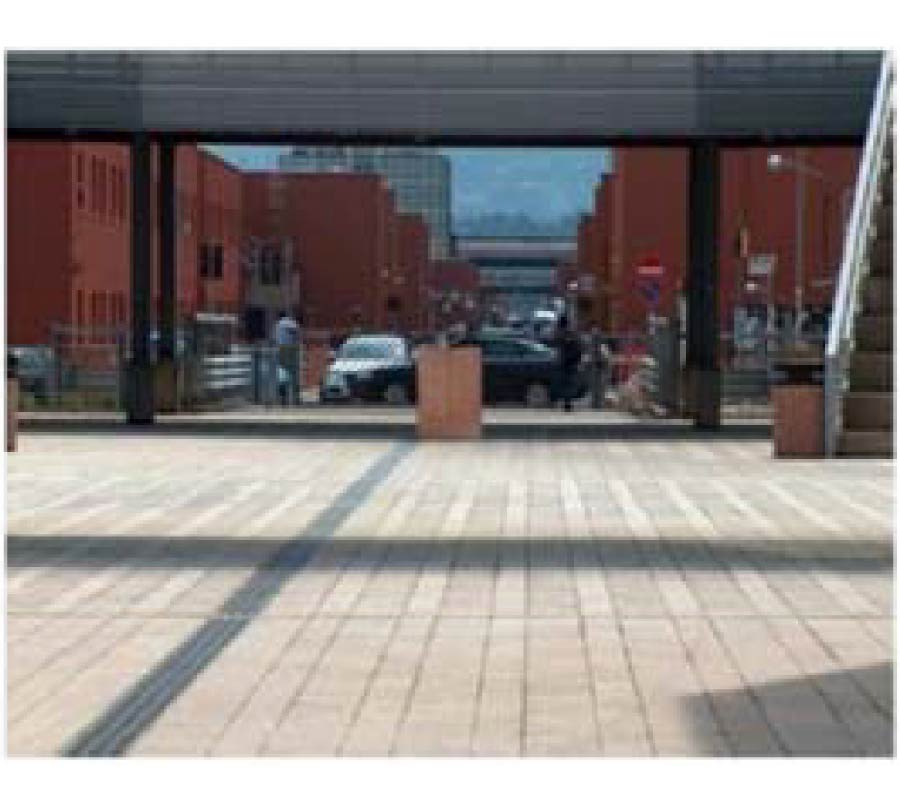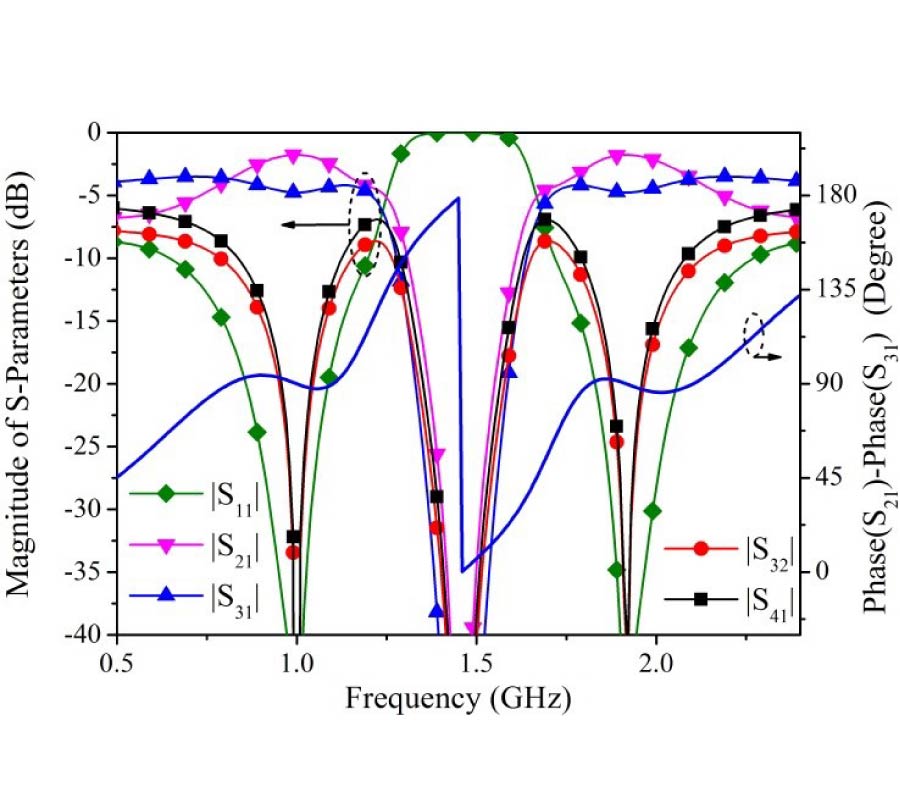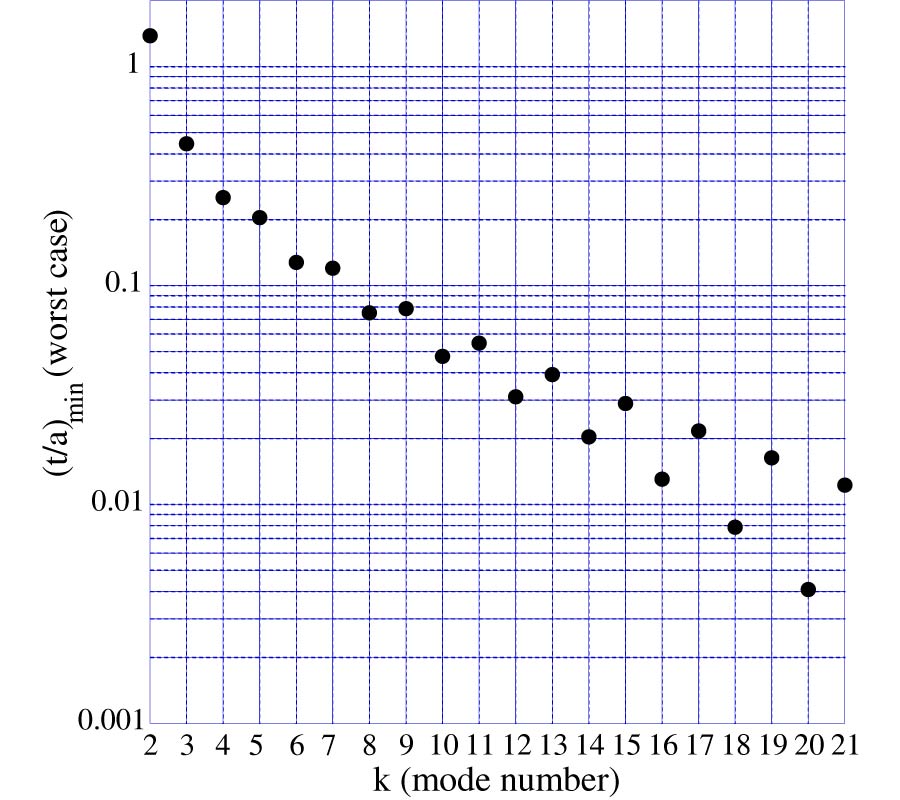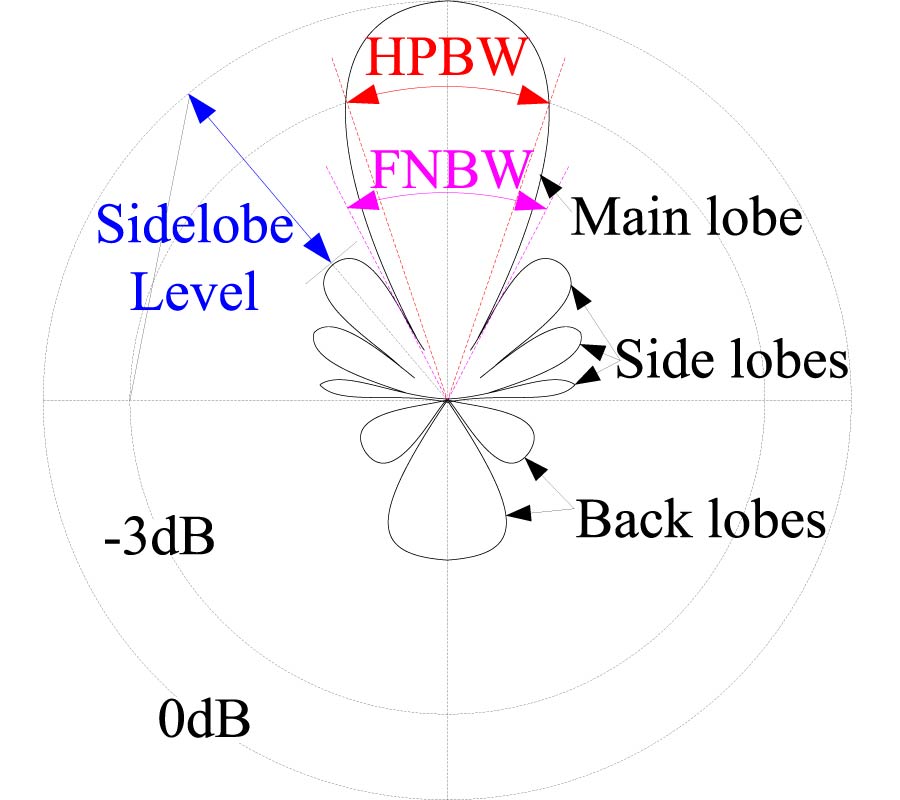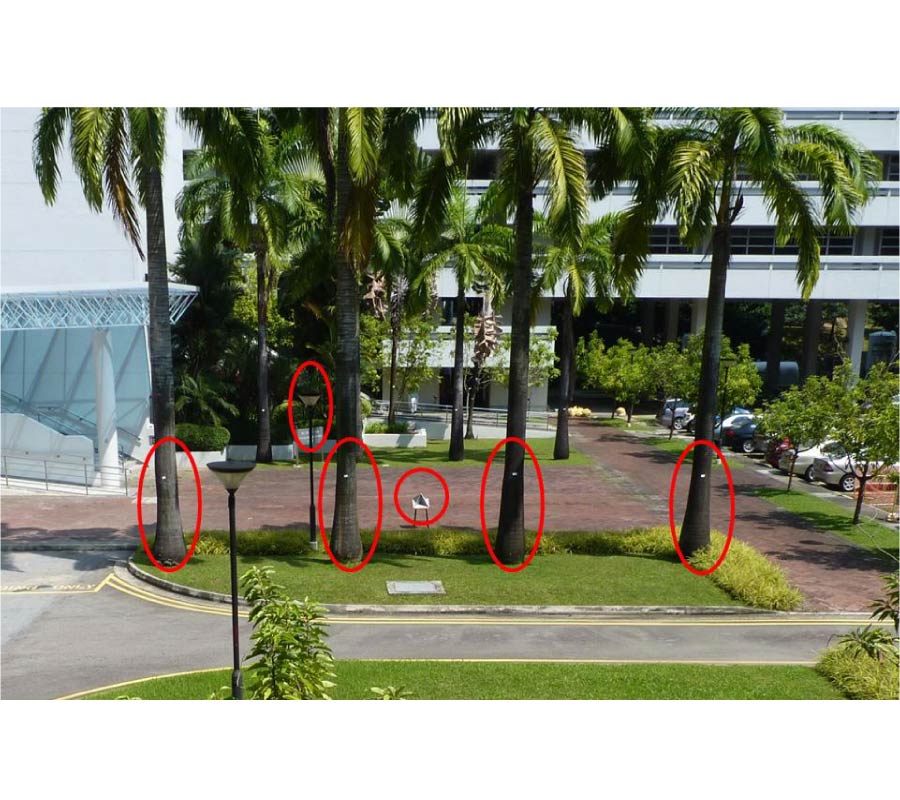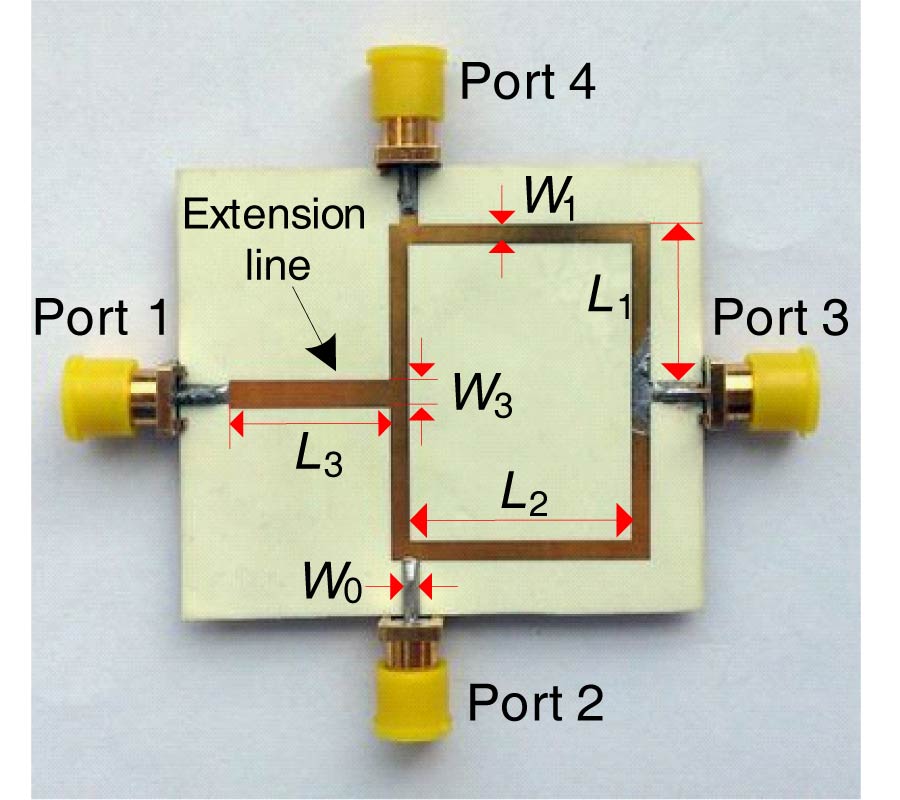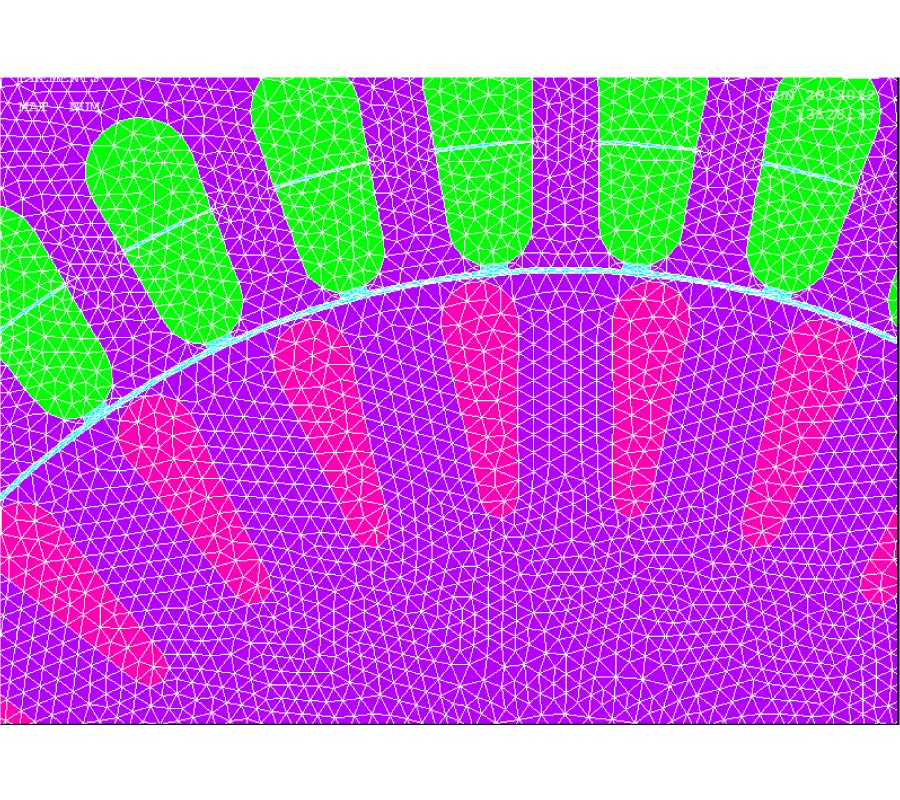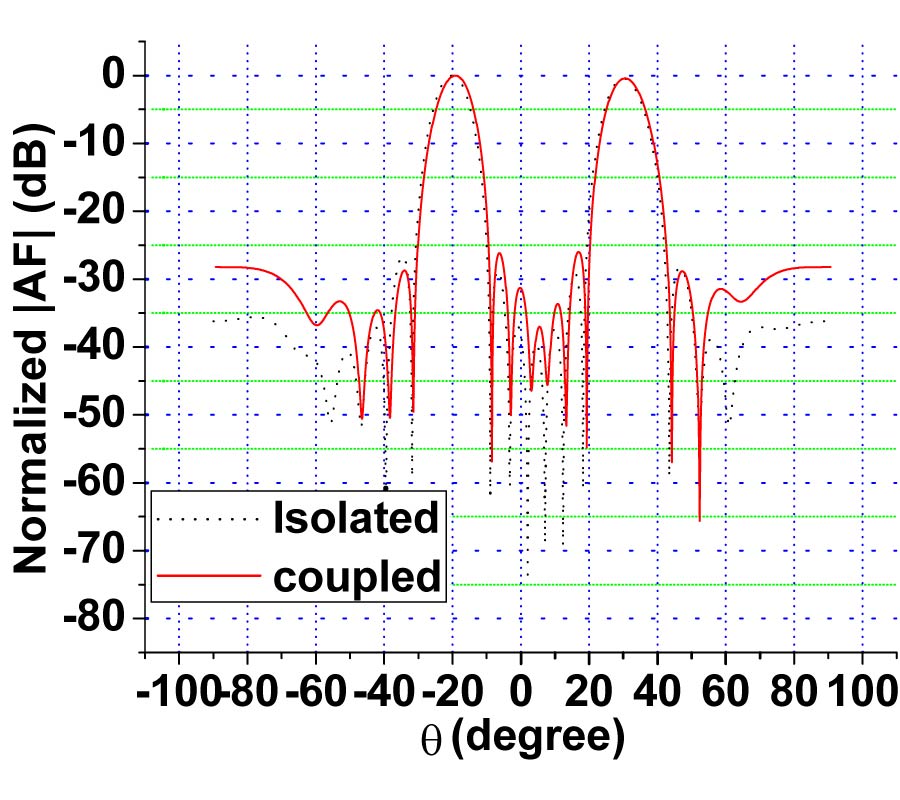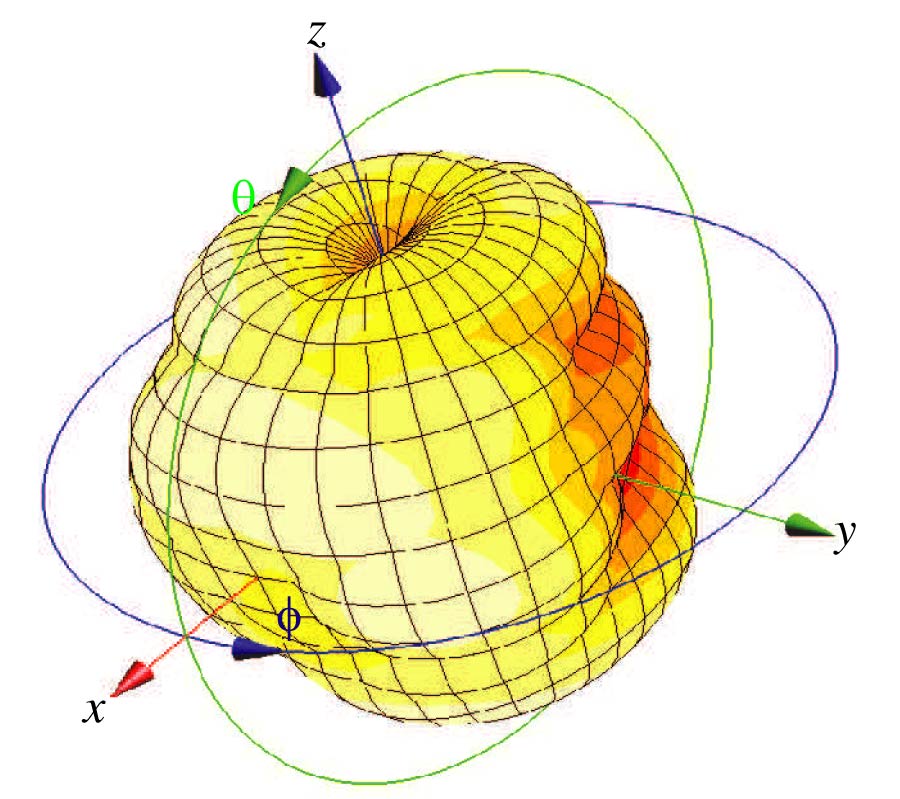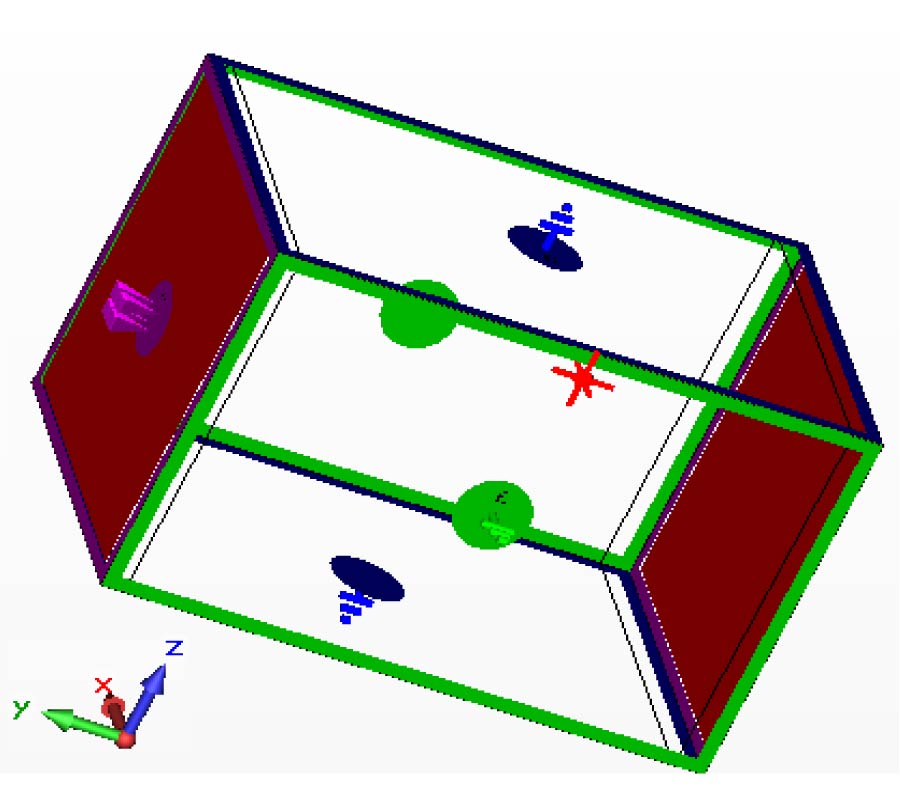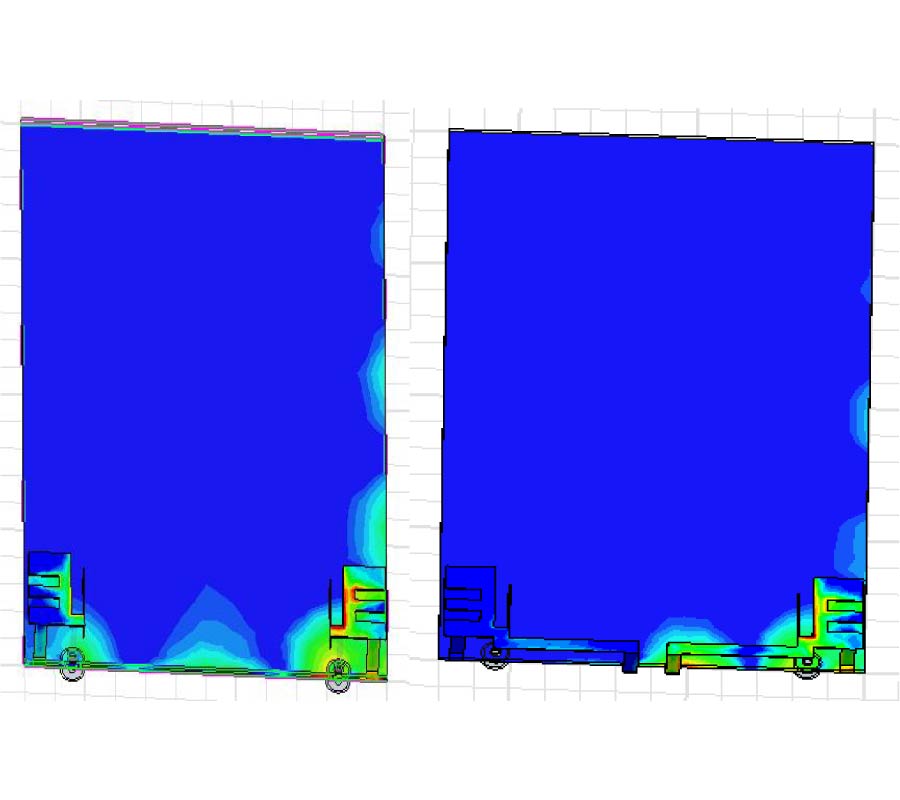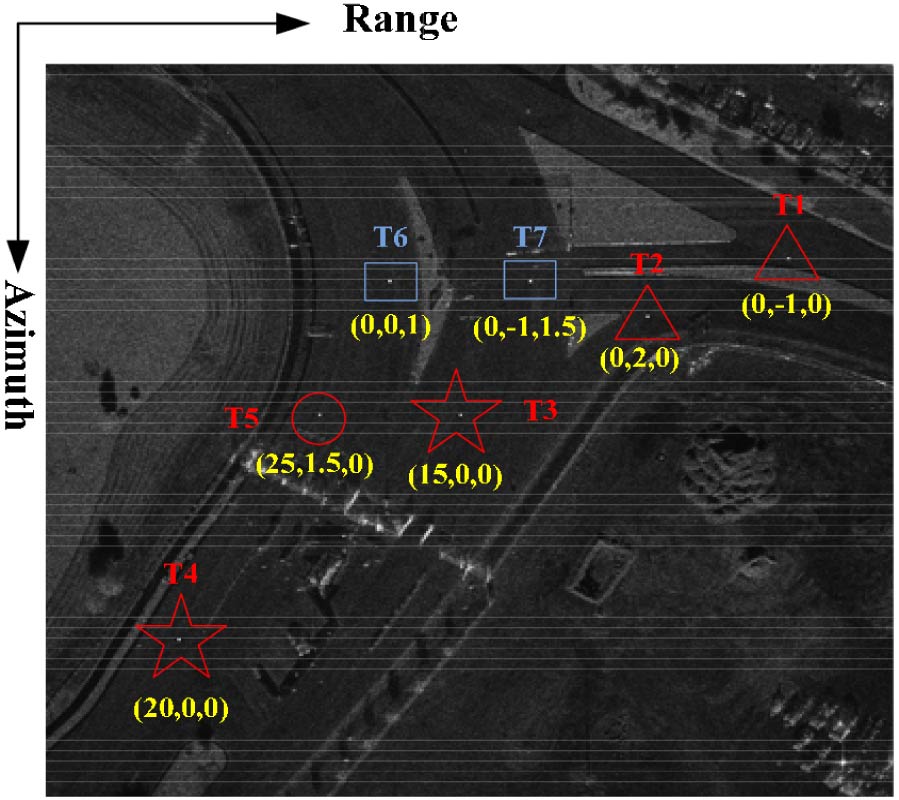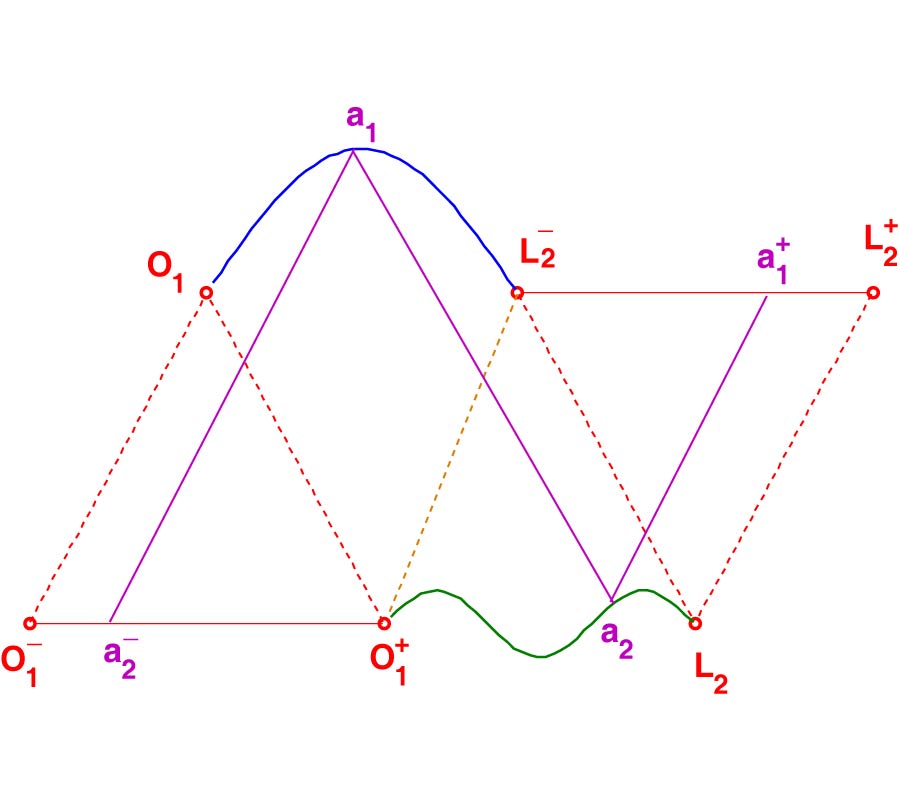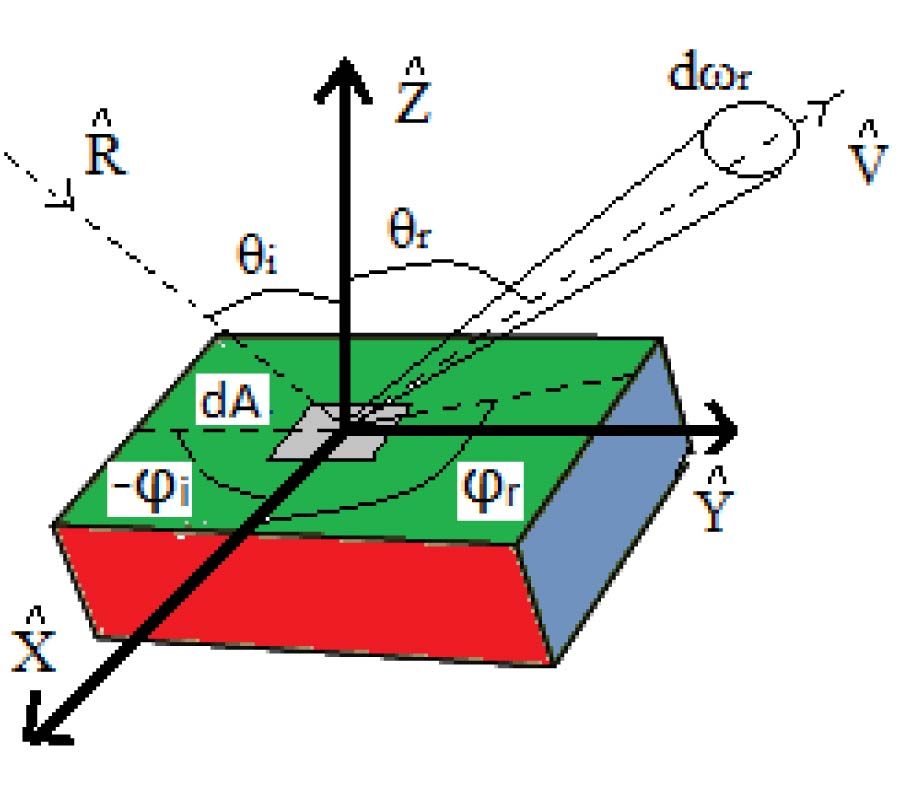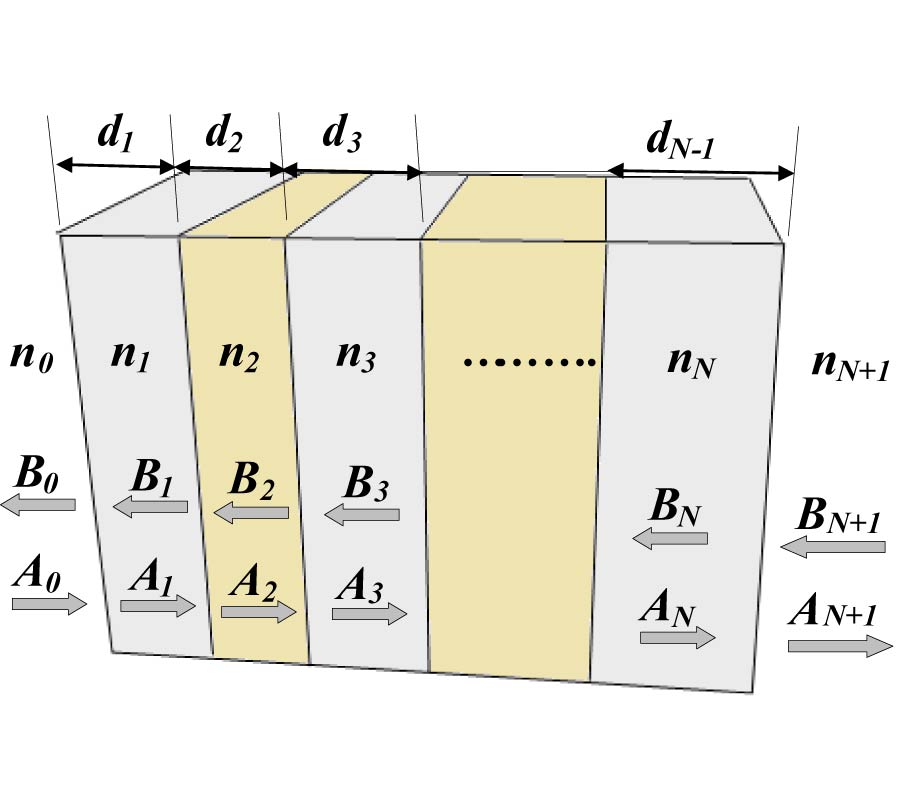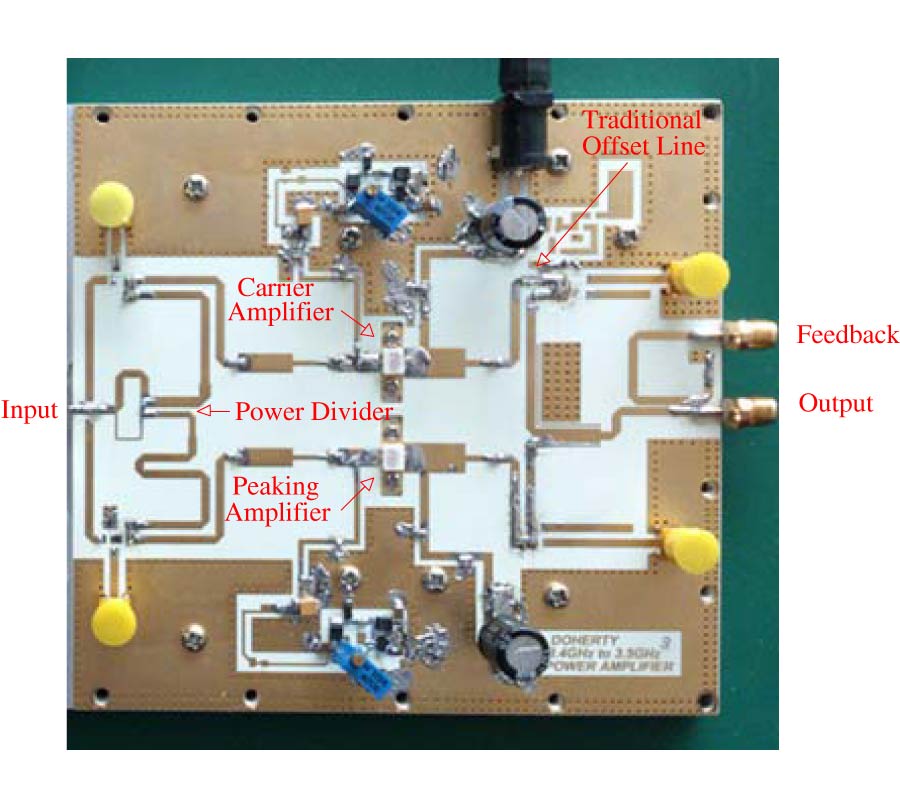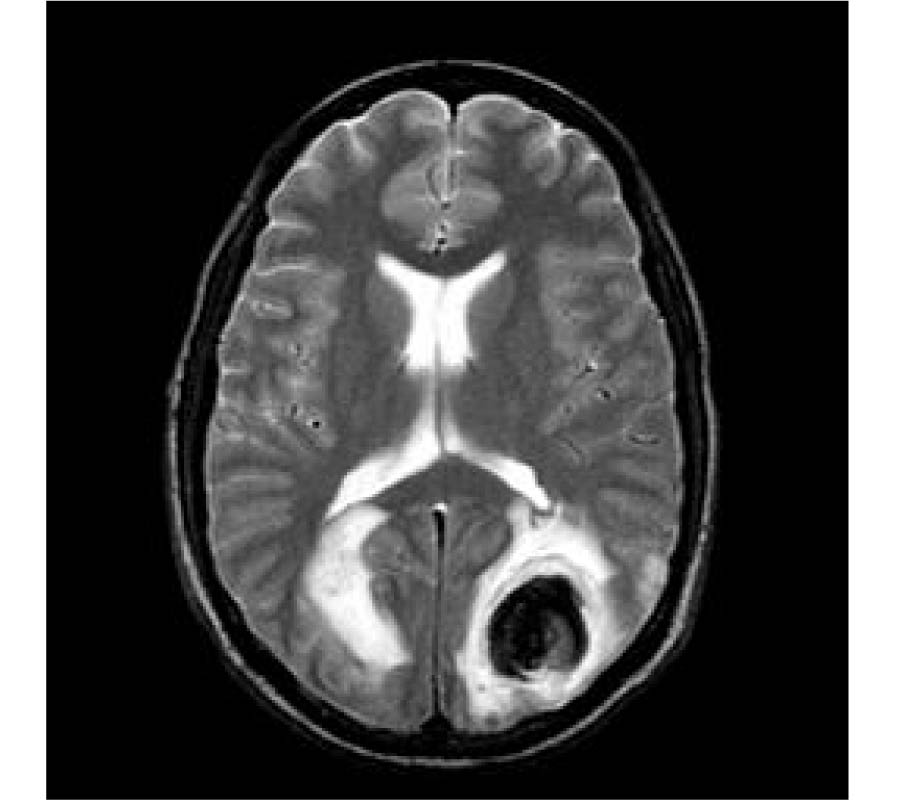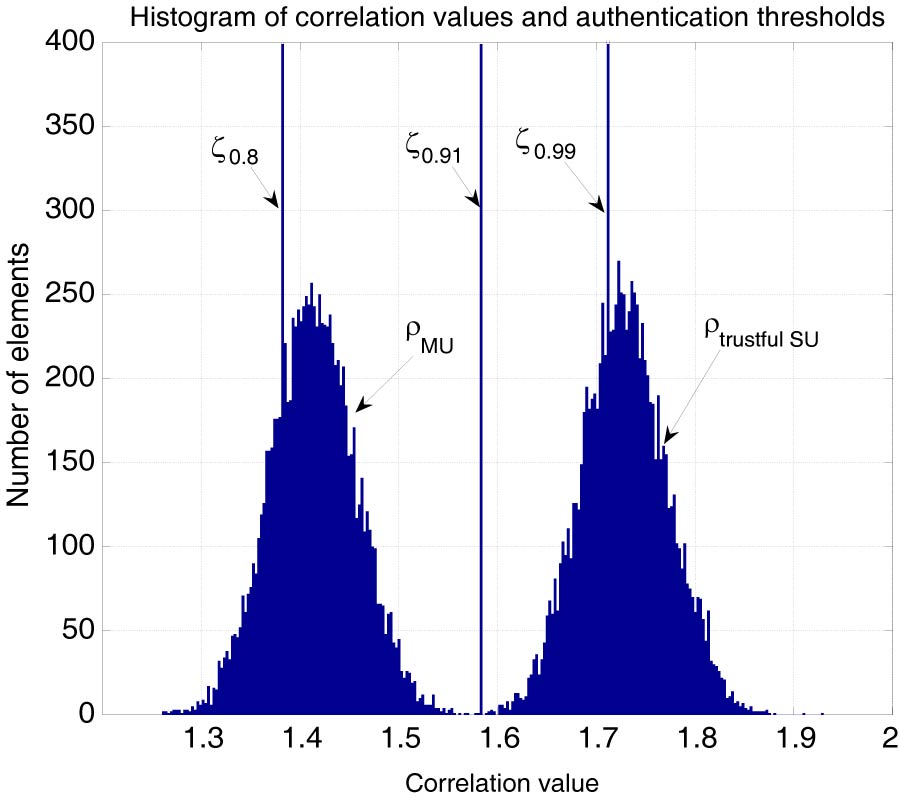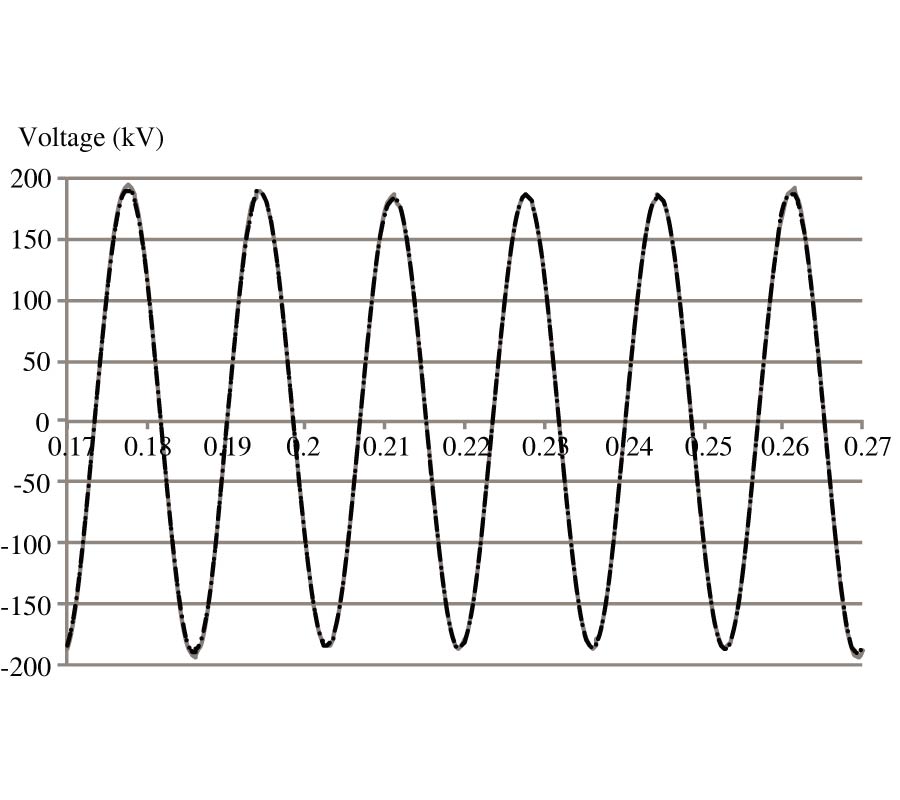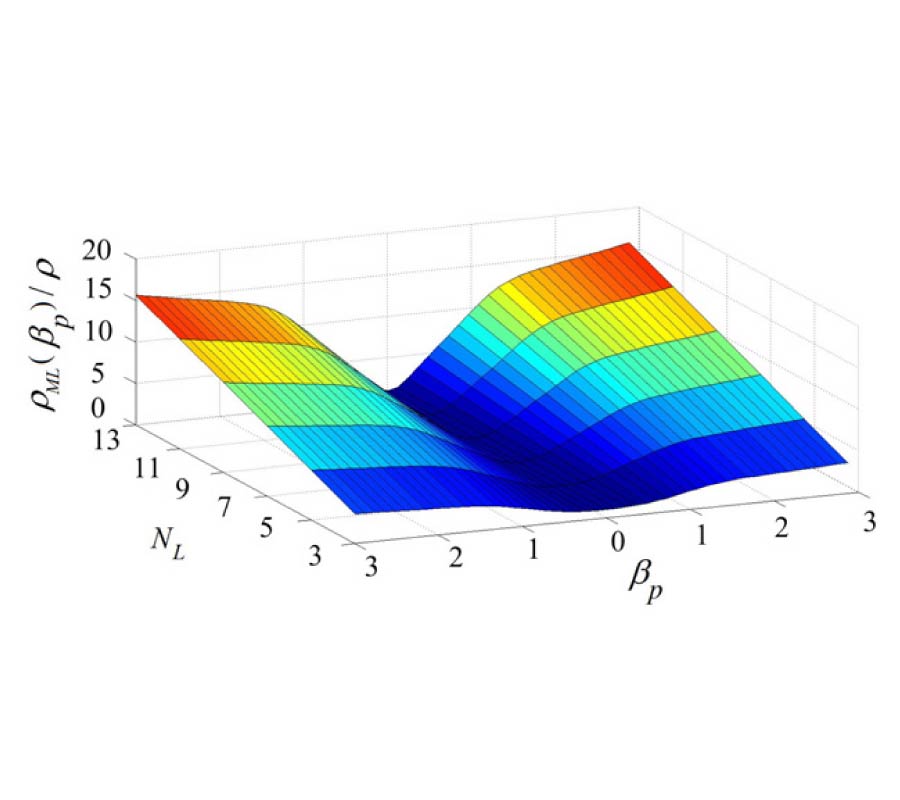High-Speed, Simplified Design of an Image Receiver for Wireless Capsule Endoscopy
Md. Rubel Basar,
Mohd Fareq Bin Abd Malek,
Khairudi Mohd Juni,
Mohd Shaharom Idris and
Mohd Iskandar Mohd Saleh
Just over a decade ago, wireless capsule endoscopy (WCE) was introduced as a novel alternative to conventional wire or probe endoscopy to examine disorders of the human gastrointestinal (GI) tract. Yet, the persistent inability of transmitting high-quality images due to limited data rate of the telemetry system continues to be an issue of major concern. Thus, high-data-rate telemetry systems are essential due to the widespread use of the WCE technique. In this paper, we present such a telemetry system that includes a highly-simplified receiver for the use in WCE. Unlike the conventional architecture of a radio frequency (RF) receiver, the architecture of the new receiver allows the direct conversion of analog RF signals to digital signals, eliminating the need for any frequency conversion in the analogue domain. Our receiver system consists of sub-blocks, a low-noise amplifier (LNA), a logarithmic amplifier (LA), a power detector (PD), and a comparator. The common-source cascode LNA was designed with its frequency spectrum centralized at 450 MHz, which was determined by electromagnetic (EM) simulation of the path loss in the GI tract of the human body. To ensure that the higher data rate, i.e., 100 Mbps, could be attained, the LNA was designed for a system bandwidth of 100 MHz, i.e., 400-500 MHz. The LNA and the three cascading blocks in combination have total gain of 80 dB to compensate for the losses in the weak signals that are received. The LNA and the LA, including the PD and the comparator, require 17-mA and 337-μA currents, respectively, from a 1.5-V, DC source.
